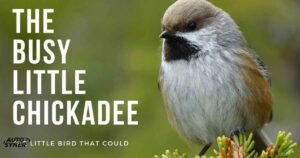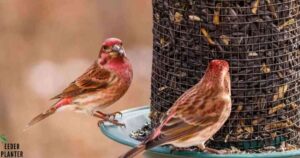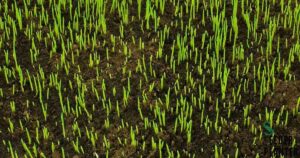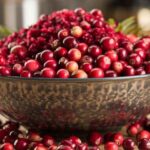In the world of bird feeding, safflower seeds have become increasingly popular among both avian enthusiasts and our feathered friends. As we delve into the fascinating topic of what birds eat safflower seeds, we’ll explore the unique characteristics of these seeds, the diverse array of birds they attract, and how you can incorporate them into your backyard bird feeding routine. Whether you’re a seasoned birder or just starting out, understanding the appeal of safflower seeds can enhance your bird-watching experience and contribute to the well-being of your local bird populations.
Introduction to Safflower Seeds
Safflower seeds, derived from the Carthamus tinctorius plant, have been cultivated for thousands of years. Originally grown for their vibrant dye and oil, these seeds have found a new purpose in the world of bird feeding. As of 2023, safflower has gained significant traction among bird enthusiasts due to its unique properties and the variety of birds it attracts.
What Are Safflower Seeds?
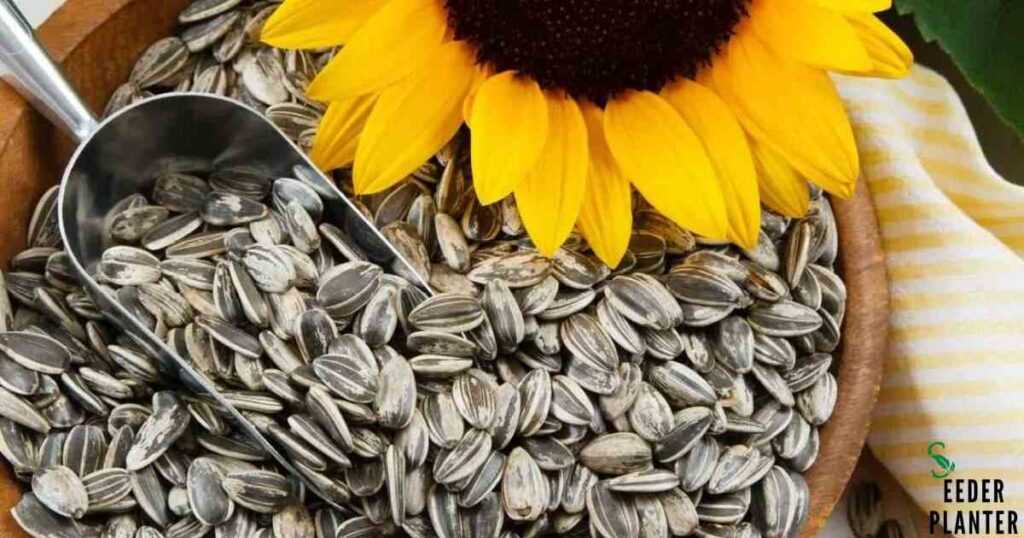
Safflower seeds are small, white, and slightly elongated, with a hard outer shell that protects a nutritious kernel inside. These seeds are packed with essential nutrients that birds need, including high levels of protein and healthy fats. The nutritional profile of safflower seeds makes them an excellent food source for many bird species, especially during colder months when energy demands are high.
History and Cultivation of Safflower
The history of safflower cultivation dates back to ancient Egypt, where it was used for textile dyes and medicinal purposes. Today, safflower is grown in various parts of the world, including the United States, India, and Mexico. Modern cultivation methods have improved yield and quality, making safflower seeds more readily available for bird feeding purposes.
Birds That Eat Safflower Seeds
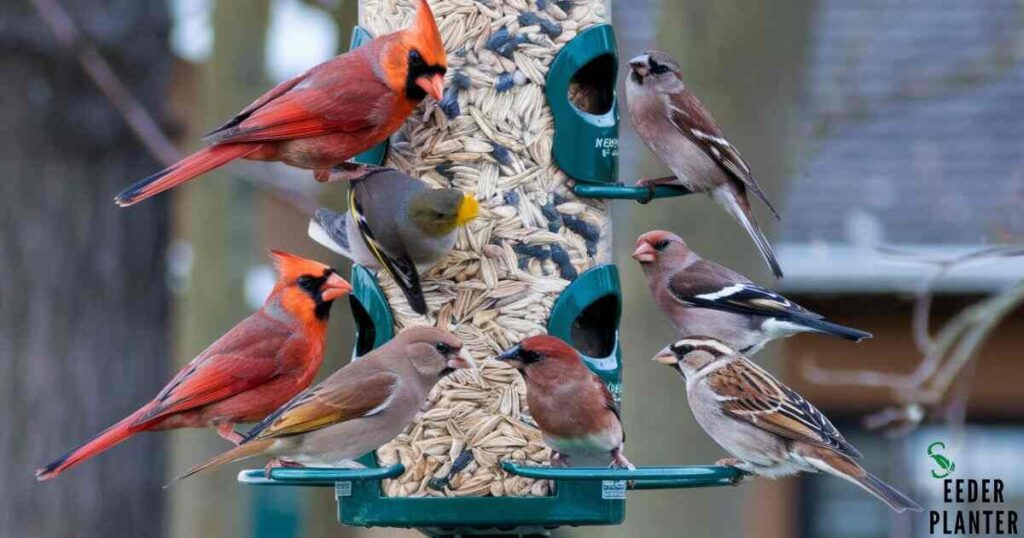
One of the most intriguing aspects of safflower seeds is the diverse array of birds they attract. While not all birds are fans of these seeds, many species have developed a strong preference for them. Let’s explore some of the most common birds that enjoy safflower seeds and why they find them so appealing.
Cardinals: The Safflower Enthusiasts
Northern Cardinals are perhaps the most well-known lovers of safflower seeds. These striking red birds are often seen as the poster child for what birds eat safflower seeds. Cardinals’ strong beaks are perfectly adapted to crack open the hard shells of safflower seeds, making them a favorite food source. In fact, many bird enthusiasts use safflower seeds specifically to attract cardinals to their yards.
Chickadees and Titmice
Despite their small size, chickadees and titmice are adept at handling safflower seeds. These agile birds will often visit feeders filled with safflower, quickly grabbing a seed and retreating to a nearby branch to crack it open. Their high metabolism requires frequent feeding, making safflower seeds an excellent energy source for these active little birds.
Grosbeaks and Their Safflower Preference
Grosbeaks, including Rose-breasted and Evening Grosbeaks, are another group of birds that frequently indulge in safflower seeds. Their large, powerful beaks are perfectly suited for cracking open the tough shells. Grosbeaks’ preference for safflower seeds often leads them to become regular visitors at feeders offering this nutritious treat.
Doves and Pigeons
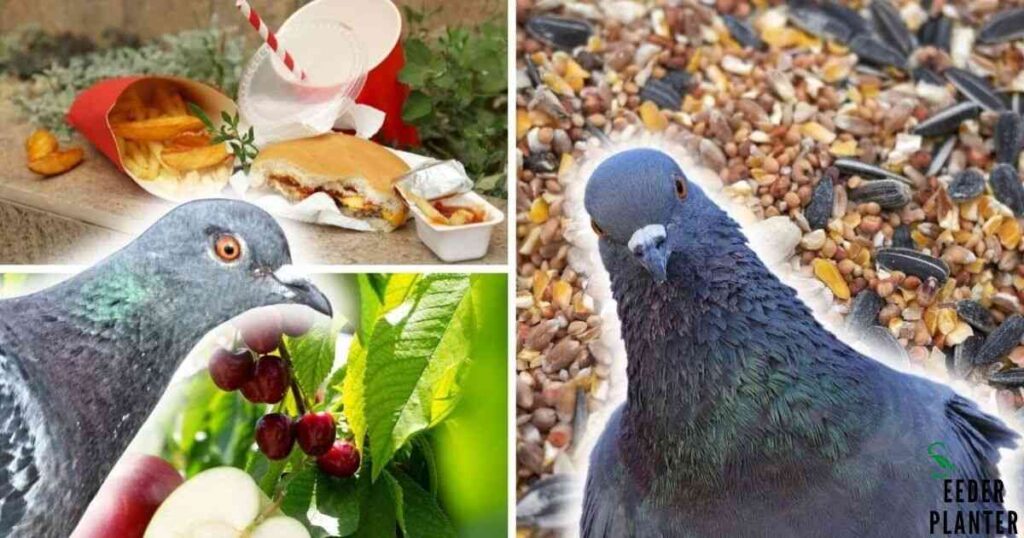
Ground-feeding birds like mourning doves and pigeons also enjoy safflower seeds. While they may struggle with cracking the shells at first, these birds will often swallow the seeds whole and use their gizzards to grind them up. Offering safflower seeds on platform feeders or scattered on the ground can attract these gentle birds to your yard.
Finches: From House to Purple
Various finch species, including House Finches and Purple Finches, have been observed eating safflower seeds. While they may prefer smaller seeds like nyjer, many finches will happily incorporate safflower into their diet, especially when other food sources are scarce.
Blue Jays and Safflower
Blue Jays are known for their varied diet, and safflower seeds are no exception. These intelligent birds will often visit feeders offering safflower, sometimes carrying away multiple seeds at once to cache for later consumption. Their ability to store food makes safflower seeds a valuable resource for Blue Jays throughout the year.
Varieties of Safflower Seeds
When considering what birds eat safflower seeds, it’s important to note that not all safflower seeds are created equal. There are different varieties available, each with its own characteristics and appeal to different bird species.
White Safflower Seeds
White safflower seeds are the most common variety used in bird feeding. They have a neutral color and a slightly bitter taste that many birds find appealing. White safflower seeds are particularly favored by cardinals, chickadees, and grosbeaks.
Golden Safflower Seeds
Golden safflower seeds are a newer variety that has gained popularity in recent years. They have a slightly sweeter taste compared to white safflower and may attract a broader range of birds. Some bird enthusiasts report that golden safflower seeds are more readily accepted by birds that might be hesitant to try the white variety.
Hulled vs. Unhulled Safflower Seeds
Safflower seeds can be offered either hulled (shell removed) or unhulled (shell intact). Hulled safflower seeds are easier for smaller birds to eat and produce less waste, but they are also more expensive and can spoil more quickly. Unhulled seeds are more economical and have a longer shelf life, but some birds may struggle to crack them open.
Feeding Strategies: How to Offer Safflower Seeds
Now that we understand what birds eat safflower seeds, let’s explore the best ways to offer these seeds to attract a variety of bird species to your yard.
Types of Feeders for Safflower Seeds
Safflower seeds can be offered in various types of feeders, each with its own advantages:
- Hopper feeders: These are excellent for larger birds like cardinals and grosbeaks.
- Tube feeders: Good for smaller birds like chickadees and finches.
- Platform feeders: Ideal for ground-feeding birds like doves and pigeons.
- Mesh feeders: Allow birds to cling and feed, suitable for many species.
When choosing a feeder, consider the types of birds you want to attract and the layout of your outdoor space.
Mixing Safflower with Other Seeds
While some birds are content with a diet of pure safflower seeds, offering a mix can attract a wider variety of species. Consider creating a custom blend with sunflower seeds, millet, and cracked corn. This diverse offering can help you observe a broader range of birds and their feeding habits.
Ground Feeding with Safflower
Some birds prefer to feed on the ground, and scattered safflower seeds can be an excellent way to attract these species. However, be mindful of potential issues such as attracting unwanted wildlife or the seeds becoming wet and moldy. Regular cleaning of the feeding area is essential when offering seeds on the ground.
Benefits of Feeding Birds Safflower Seeds
Understanding what birds eat safflower seeds is just the beginning. There are numerous benefits to incorporating these seeds into your bird feeding routine.
Safflower as a Squirrel Deterrent
One of the most significant advantages of safflower seeds is their ability to deter squirrels. Most squirrels find the bitter taste of safflower unappealing, making it an excellent choice for bird enthusiasts who struggle with squirrels raiding their feeders. This characteristic allows birds to feed undisturbed, ensuring they receive the nutrition they need.
Year-Round Feeding with Safflower
Safflower seeds are suitable for year-round feeding, providing essential nutrients to birds in all seasons. During the colder months, the high fat content of safflower seeds helps birds maintain their body temperature. In spring and summer, these seeds can supplement the diets of breeding birds and their offspring.
Potential Drawbacks of Safflower Seeds
While there are many benefits to feeding birds safflower seeds, it’s important to consider potential drawbacks as well.
Cost Considerations
Safflower seeds are generally more expensive than some other types of bird seed. However, many bird enthusiasts find the cost justified by the quality of birds attracted and the reduced waste compared to cheaper seed mixes.
Read This Blog: Do Sesame Seeds Go Bad? A Complete Guide to Sesame Seed Shelf Life and Storage
Waste and Cleanup
Although safflower seeds produce less waste than some other types of bird seed, there will still be some hulls and uneaten seeds to clean up. Regular maintenance of your feeding area is important to prevent the buildup of waste, which can attract pests or harbor harmful bacteria.
Observing Birds That Eat Safflower Seeds
One of the joys of offering safflower seeds is the opportunity to observe a variety of bird species up close. Here are some tips to enhance your birdwatching experience:
Creating a Safflower-Friendly Habitat
To attract more birds that eat safflower seeds, consider creating a bird-friendly habitat in your yard. Plant native shrubs and trees that provide shelter and additional food sources. Offer a water source, such as a birdbath, to complement your feeding station.
Photography Tips for Safflower-Eating Birds
Capturing images of birds at your safflower feeder can be a rewarding experience. Consider setting up a comfortable viewing area with a clear line of sight to your feeders. Use a long lens for close-up shots without disturbing the birds, and be patient – the best photos often come when birds are relaxed and behaving naturally.
Also Read This Blog: Can Ducks Have Sunflower Seeds? A Complete Guide to Feeding Ducks
Conservation and Bird Feeding
Offering safflower seeds can play a small but meaningful role in bird conservation efforts. By providing a reliable food source, you’re helping birds meet their energy needs, especially during challenging times like winter or migration periods. However, it’s crucial to practice responsible feeding habits to ensure the health and safety of the birds visiting your yard.
Frequently Asked Question
To round out our comprehensive guide on what birds eat safflower seeds, let’s address some frequently asked questions. These insights will help you make the most of your bird feeding experience and ensure you’re providing the best possible care for your feathered visitors.
1. What birds eat safflower seeds most frequently?
While a variety of birds enjoy safflower seeds, the most frequent consumers are typically Northern Cardinals, chickadees, titmice, grosbeaks, and some finch species. These birds have beaks well-adapted to cracking the hard shells of safflower seeds and seem to prefer their slightly bitter taste.
2. Are safflower seeds nutritious for birds?
Indeed, safflower seeds are highly nutritious for birds. They’re rich in protein and healthy fats, providing essential energy, especially during colder months or breeding seasons. The high oil content in safflower seeds (about 38%) makes them particularly valuable for birds needing to maintain their body heat in winter.
3. How do I introduce safflower seeds to my backyard birds?
Introducing safflower seeds to your backyard birds may require some patience. Start by mixing a small amount of safflower seeds with the seed types you currently offer. Gradually increase the proportion of safflower over time. Some birds may take to it immediately, while others might need time to recognize it as a food source.
4. Can safflower seeds replace other types of bird seed?
While safflower seeds can be an excellent primary food source, it’s generally best to offer a variety of seeds to attract a diverse range of birds. Some species that don’t eat safflower seeds might still visit your yard for other offerings. A diverse seed selection ensures you’re meeting the nutritional needs of various bird species.
5. Do all birds like safflower seeds?
Not all birds are fans of safflower seeds. Some species, particularly those with smaller or weaker beaks, may find the hard shells challenging to crack. Additionally, birds that prefer fruits, insects, or nectar as their primary food sources may show less interest in safflower seeds.
6. How can I keep squirrels away from my safflower seed feeders?
One of the advantages of using safflower seeds is their natural squirrel-deterrent properties. Most squirrels dislike the bitter taste of safflower seeds. However, persistent squirrels might still try to access the feeders. Using squirrel-proof feeders, positioning feeders away from jumping points, and offering dedicated squirrel food elsewhere in your yard can help keep them away from your bird feeders.
7. Is it okay to feed birds safflower seeds year-round?
Absolutely! Safflower seeds are suitable for year-round feeding. They provide essential nutrients that birds need in all seasons. In winter, the high fat content helps birds maintain their body temperature. During spring and summer, safflower seeds can supplement the diets of breeding birds and their offspring.
8. What’s the difference between white and golden safflower seeds?
White safflower seeds are the most common variety used in bird feeding. They have a slightly bitter taste that many birds enjoy. Golden safflower seeds are a newer variety with a somewhat sweeter taste. Some bird enthusiasts report that golden safflower seeds attract a wider variety of birds, but both types are nutritious and appealing to many bird species.
9. How should I store safflower seeds?
To maintain freshness and prevent spoilage, store safflower seeds in a cool, dry place. Use an airtight container to protect the seeds from moisture and pests. Properly stored safflower seeds can last for several months. Always check for signs of mold or rancidity before offering the seeds to birds.
10. Can safflower seeds go bad?
Like all bird seeds, safflower seeds can indeed go bad if not stored properly or left exposed to the elements for too long. Seeds that have been wet and allowed to dry may look fine but could harbor harmful mold. Always discard any seeds that smell musty, appear discolored, or show signs of mold growth.
Conclusion
understanding what birds eat safflower seeds can greatly enhance your bird feeding and watching experience. From attracting colorful cardinals to deterring pesky squirrels, safflower seeds offer a range of benefits for both birds and bird enthusiasts. By incorporating these nutritious seeds into your feeding routine and creating a welcoming habitat, you can enjoy a diverse array of feathered visitors throughout the year while contributing to their well-being.

I am Alexander James, a seasoned professional with 4 years of expertise, brings passion and skill to every project. Elevate your experience with my knowledge and creativity.
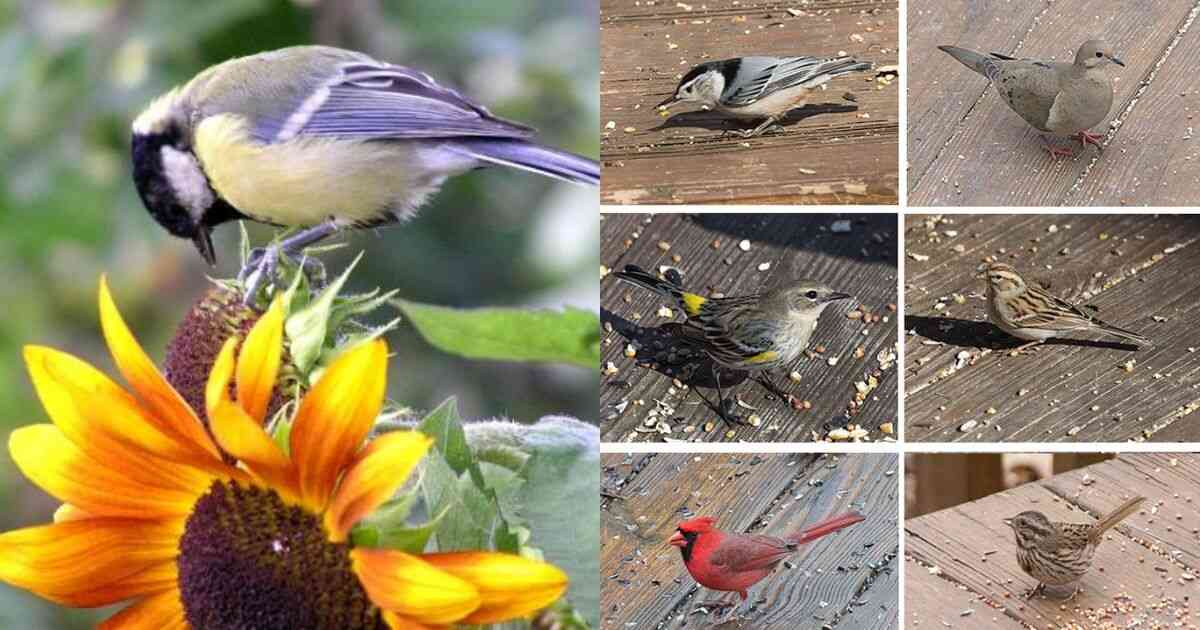

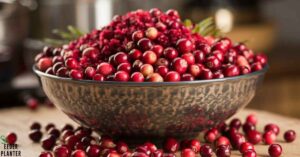
![Hollyhock Seeds: The Complete Guide to Success [2024]](https://seederabout.com/wp-content/uploads/2024/10/Hollyhock-Seeds-The-Complete-Guide-to-Success-2024-300x157.jpg)
